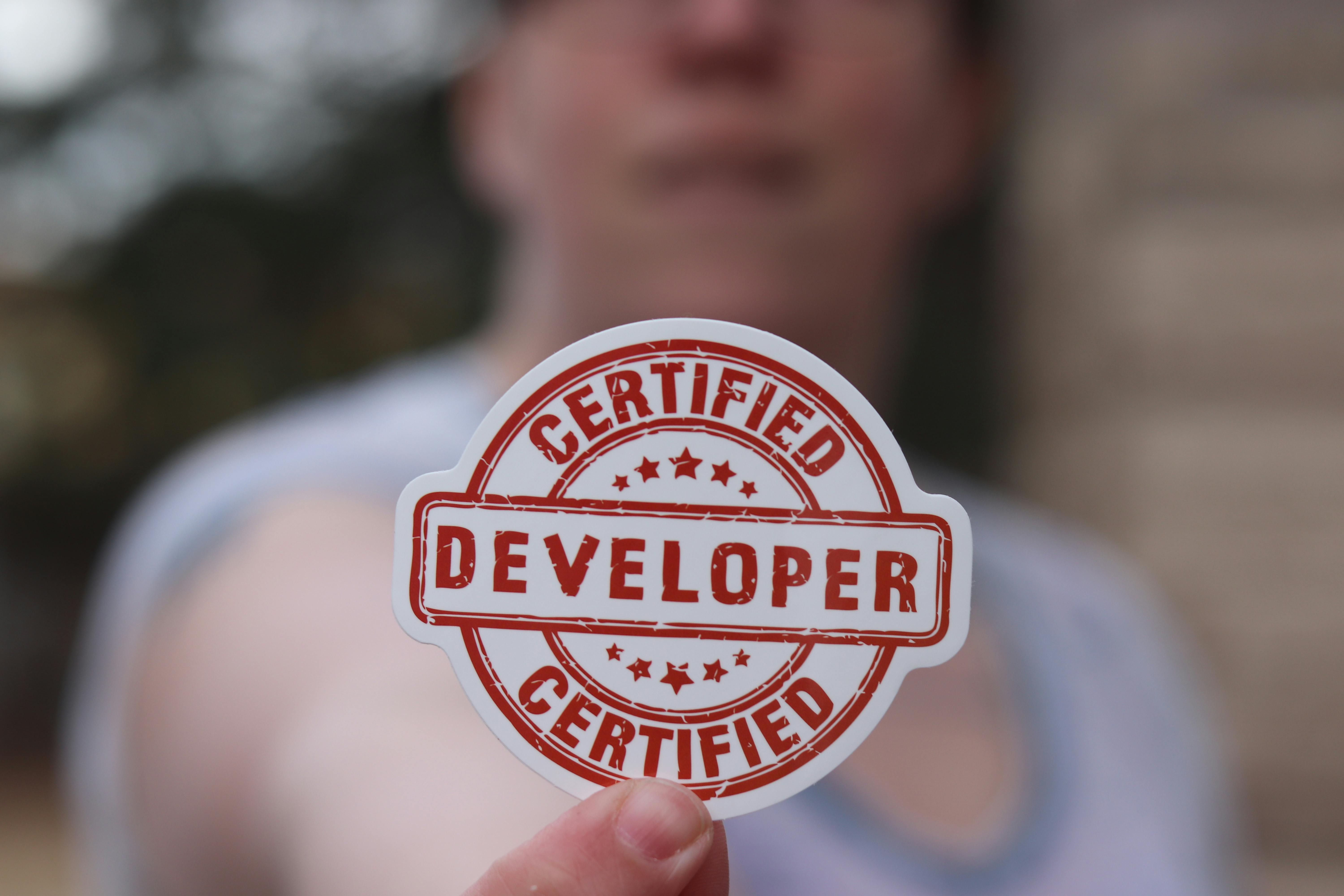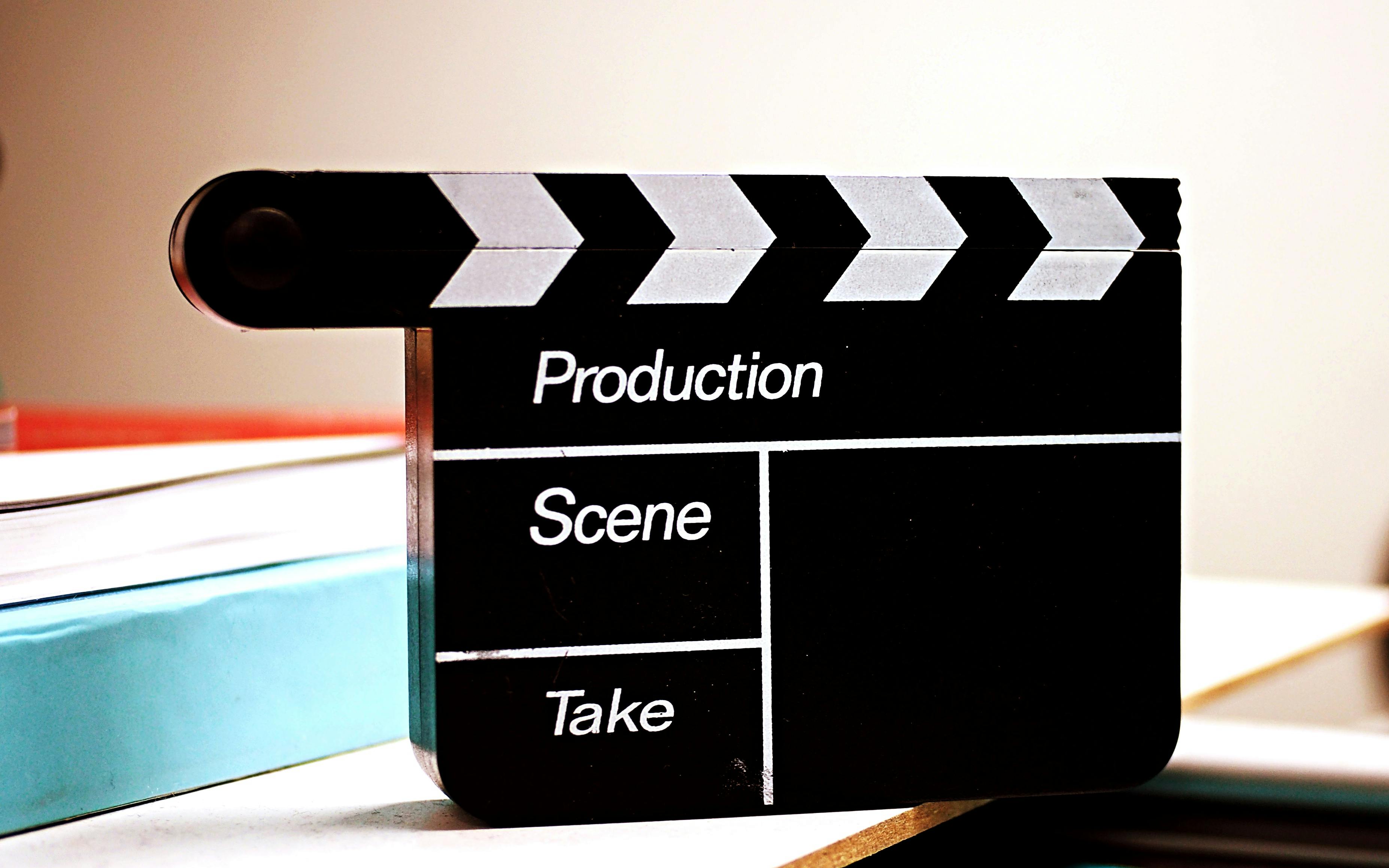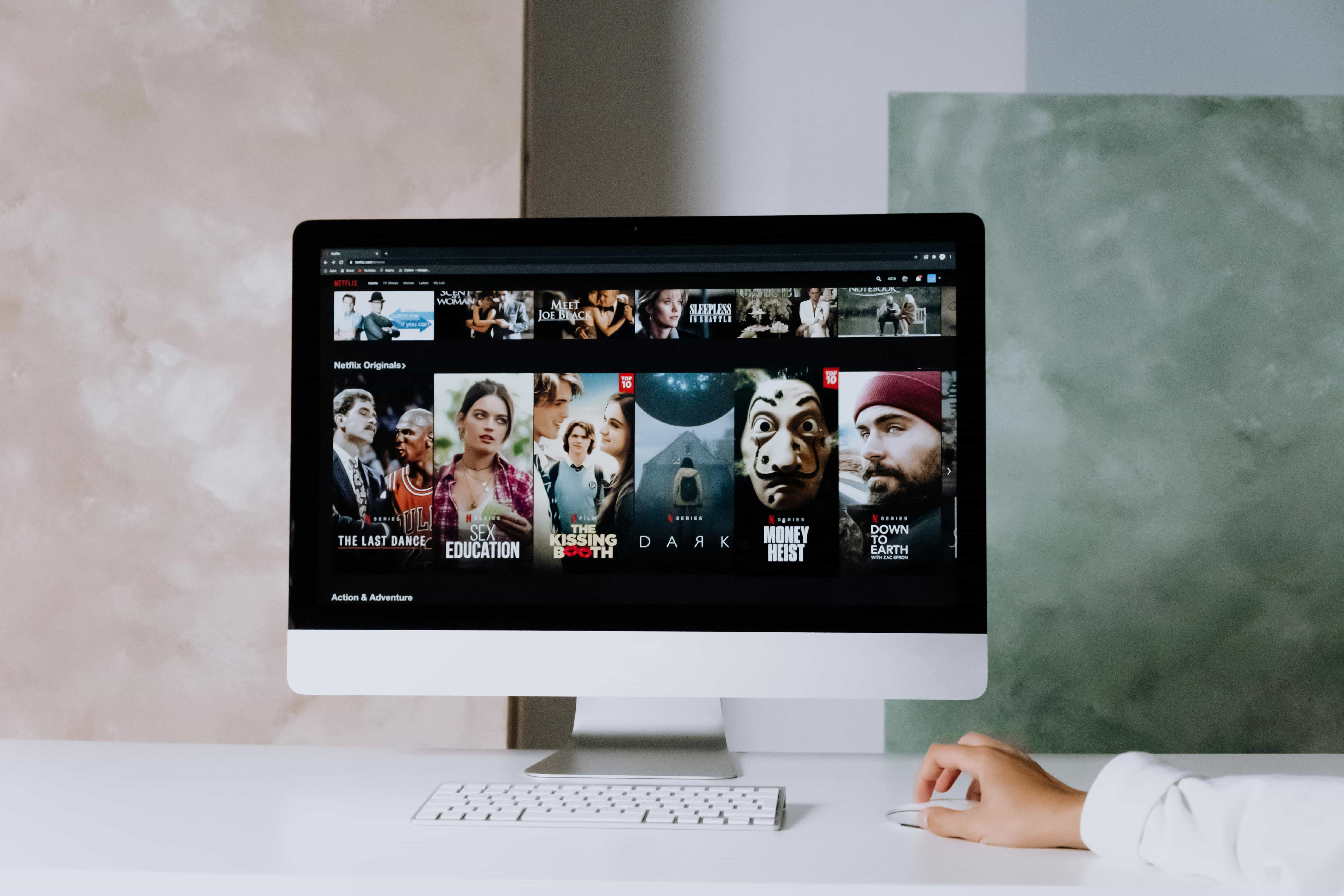When you're putting together an event that brings in people from different language backgrounds, the last thing you want is for key messages to get lost in translation. As an event planner or corporate communications manager, picking the right interpreting approach—whether simultaneous or consecutive—can turn a good gathering into a seamless, impactful one. These methods, known in some circles as "同声传译" for simultaneous and "交替传译" for consecutive, are core to effective conference interpreting ("会议口译"). But figuring out which to use? That depends on the vibe, size, and goals of your setup. Let's walk through the basics, weigh what works and what doesn't, and look at real scenarios to help you decide.
Getting Clear on the Basics
Start with simultaneous interpreting: it's all about keeping things moving in the moment. The interpreter hears the speaker through a headset and translates right away into a mic, while listeners tune in via their own receivers. This tech-heavy style kicked off big time during the Nuremberg Trials back in the '40s and has stuck around for major international events ever since.
Flip to consecutive interpreting, and it's a different rhythm. The speaker talks for a bit—maybe a sentence or two, or a full thought—then stops. The interpreter jumps in with the translation, often jotting down notes to nail the details. No fancy gear required, just sharp listening and recall skills. Both are staples in meeting interpreting, but they shape how your event flows in pretty distinct ways.
Breaking Down the Upsides and Downsides
Each method has its sweet spots and pain points, so let's lay them out plainly to see what might tip the scales for you.
For simultaneous interpreting, the big win is speed—it doesn't break the speaker's stride, which keeps energy high in lively sessions. It's perfect for juggling multiple languages at once in a big room, making sure everyone stays plugged in. On the flip side, it ramps up costs with all the booths, headsets, and tech; you're looking at 20-50% more on the budget depending on the scale. Plus, interpreters tag-team to avoid burnout, since the mental juggle can wear them down after half an hour or so, potentially dipping accuracy if you're not careful. And finding pros for rare languages? That can be a hunt.
Consecutive interpreting shines in precision; with those built-in pauses, interpreters can double-check tricky bits, leading to fewer slip-ups—studies show it edges out simultaneous on accuracy in many cases. It's lighter on the wallet too, no equipment overload, and it encourages back-and-forth chatter. The catch? It stretches out the timeline, sometimes doubling it, which can drag on a tight schedule. Not great for huge crowds either, as everyone needs to hear clearly without amps.
To put numbers to it, the interpreting industry hit around $19.67 billion by 2028 projections, growing at over 11% yearly from 2023, with simultaneous dominating big conferences at 60-70% of the pie. In fields like healthcare or legal, consecutive takes the lead for its detail focus, showing up in about 75% of assessments where every word counts.
When to Pick One Over the Other
The real test is matching the method to your event's flavor. Picture a massive conference, like a global summit or company-wide assembly with folks from everywhere—simultaneous is your ally here. It handles the chaos of multiple tongues without skipping a beat, much like at the UN or Davos, where delegates flip channels on the fly. That's why "同声传译" is the default for these high-octane spots.
Now, shift to something cozier, say a business huddle or negotiation roundtable with a handful of players. Consecutive steps up, giving space for clarifications that seal deals and build rapport. In groups under 50, it's the norm in roughly 80% of setups, per industry polls, thanks to its straightforward setup and focus on getting things right. Think merger talks or small workshops—"交替传译" lets nuances shine without the rush.
Some events mix it up: simultaneous for the main stage keynotes, consecutive for breakout Q&As. Especially in today's hybrid world, this combo saves cash while covering bases.
A Few Extra Tips to Nail It
Don't stop at size—think about your crowd's mix, the languages involved, and cultural vibes. In Asia-Pacific deals, for instance, consecutive's slower pace can signal respect and thoughtfulness. And always vet your provider for depth; companies like Artlangs Translation stand out with their mastery of over 230 languages, built from years diving into video localization, subtitle work for short dramas, game adaptations, and multilingual dubbing for audiobooks and more. Their track record of killer projects shows how that kind of hands-on expertise turns potential headaches into smooth sails.
In the end, testing the waters with a dry run pays off. Data from interpreter groups points to 25% better attendee vibes when the setup fits like a glove. It's not just about translating words; it's about connecting people. Weigh your event's pulse against these options, and you'll land on what keeps everyone in sync.











